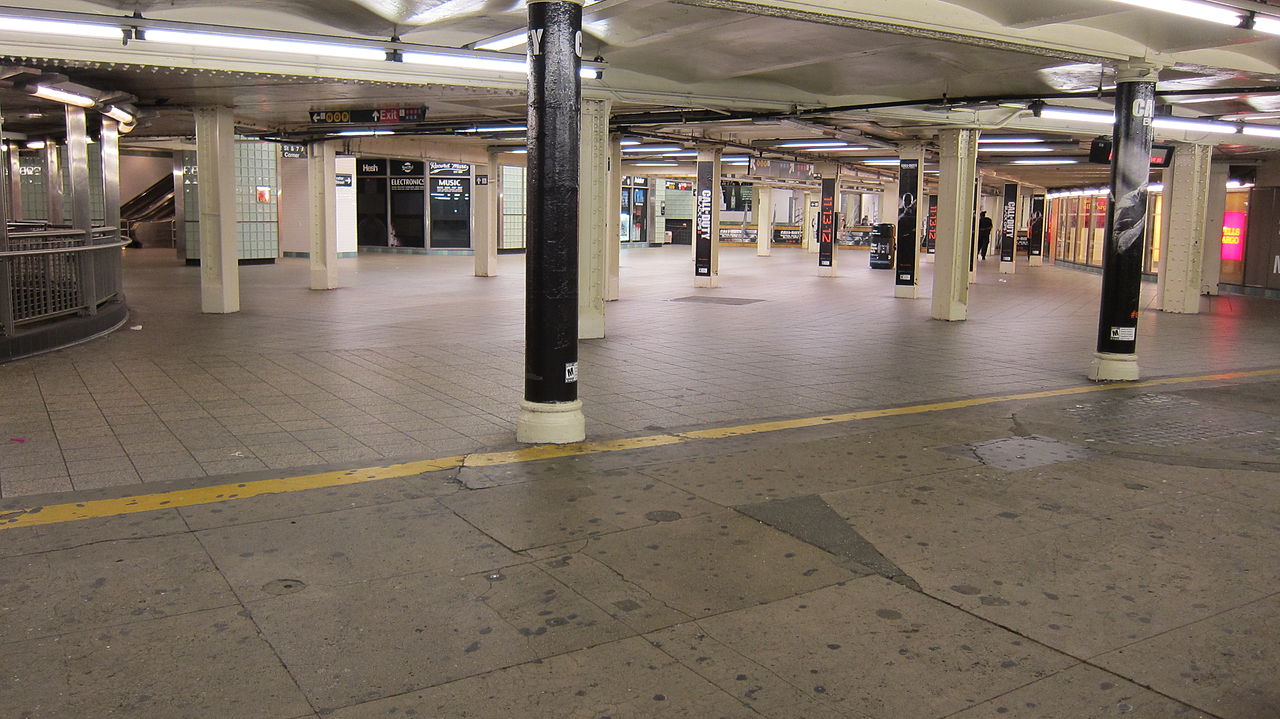What would a chemical attack on NYC look like? How would poisonous gases spread, through the lines of the subway and above ground? These are some of the questions the NYPD and a team of researchers hope to answer this July, when they’ll disperse colorless, odorless, and apparently harmless gases called perflourocarbons around the city and track their movement.
In order to track the gases’ progress, the researchers, from the Brookhaven National Laboratory, have employed a team of interns who will set up about 200 sensors around the city. On three nonconsecutive days, they’ll release the perflourocarbons around the city, then use the sensors to track how they move.
“The N.Y.P.D. works for the best but plans for the worst when it comes to potentially catastrophic attacks, such as ones employing radiological contaminants or weaponized anthrax,” said NYPD Commissioner Ray Kelly. “This field study with Brookhaven’s outstanding expertise will help prepare and safeguard the city’s population in the event of an actual attack.”
The team Brookhaven researchers is not unaware of the fear the study might cause, and will give warnings before the gases are released and make information available to the public. “We’re a little bit concerned that people are going to be nervous, especially after what happened in Boston,” said Paul Kalb, an environmental researcher at the lab. “Clearly, people are trained to say something if they see something.”
(Photo: MTA/Wikimedia Commons)



